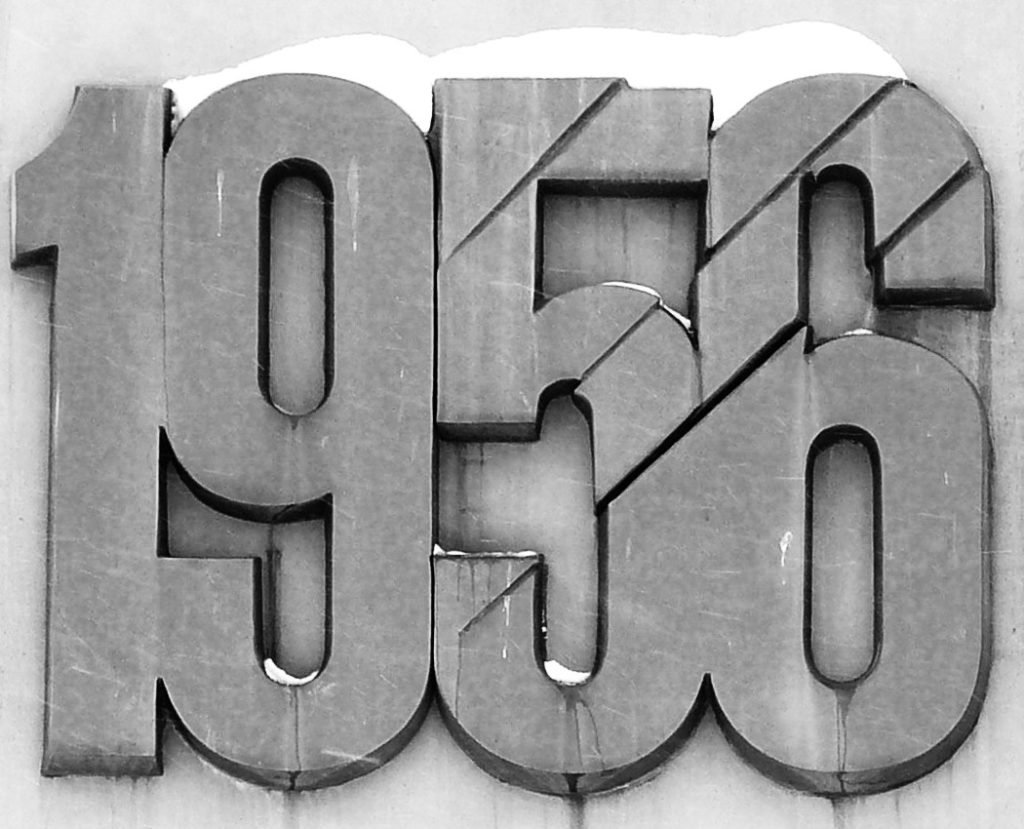Research & Studies

[videobox main_video=”3663″ side_videos=”%5B%5D”]

During the critical days the UN failed to deal with the Hungarian “problem” (in their terminology) politically, yet the organization assisted in solving the humanitarian crises both inside Hungary and outside (as 200.000 refugees left the country). While the actions and inactions of the UN became transparent based on recently declassified documents, it seems to be evident that several acts of sabotage avoided any kind of political solution.
The variety of responses given by the UN member states was also significant. Beyond the concentric rings of the Central and Eastern European socialist countries, which responded differently to the “counter-revolution” as they defined the events of 1956 (from Poland to Rumania) the Yugoslav reaction was crucial and fatal, Belgrade being also one of the leaders of the non-aligned nations’ movement, opening larger concentric rings of the “third world” countries.
Newly accessible documents also demonstrate the Hungarian Revolution’s influence from a global perspective, as the UN’s machinery demanded several nations’ representatives to join the “Special Committee on the Problem of Hungary” (Denmark, Ceylon, Australia, Tunisia and Uruguay), while in the years to come a politician from Thailand and later one from New Zealand represented Hungary at the UN General Assembly. All these helped to establish a global discourse on the Hungarian events that can be revealed by the lately accessible documents. All these help to understand the tragically complex situation that concluded in the abandonment of Hungary by the UN yet clearly referred to the dynamics of international decision making that has serious consequences even until today.